#soviet lens
Text

eos 70D, helios 44-2, mur, plantes et briques
2 notes
·
View notes
Photo

Rolling stock
My film photography started with my father's Zenit EM camera, I used that camera for a shorter time, and I switched to Pentax cameras pretty quickly. Since the early days, I've accumulated a few more Zenit cameras, but somehow always avoided actively using them - I got spoiled by nicer cameras, to be perfectly honest. But, from time to time, it is necessary to get back to the roots!
Here, a tractor and decommissioned fire truck, both parked on a road next to my father's vineyard. Somehow, this massive light leak happened there, probably by my not-yet-polished film-shortening technique.
Taken with Zenit 12xp film camera, with Mir-1V 37mm F2.8 wide-angle lens, on Agfa APX 400 black and white film. Developed with Adox Adonal, 1+50 dilution, 19 min at 21°C.
Scanned with Plustek OpticFilm 8100 film scanner, using VueScan 9.5.
This particular camera was built by KMZ in Krasnogorsk, while the lens was built by VOMZ in Vologda.
3 notes
·
View notes
Photo


Bass Tong + ?, Paris, fête de la musique 2021
7 notes
·
View notes
Video
Fog in Macondo.2 by •°°••°Aureliano Buendía°••°°•
Via Flickr:
via Lomo OKC1-22-1
#Fujifilm#X-T30#LENKINAP#LOMO#OKC1-22-1#ОКС1-22-1#old lens#retro lens#vintage lens#manual focus#manual lens#russian lens#soviet lens#cinematic lens#cinema lens#cine lens#landscape#small landscape#beyond the city country#seat#beautiful#Russia#pond#trees#tree#woods#park#outdoor#colorful#nature
0 notes
Text

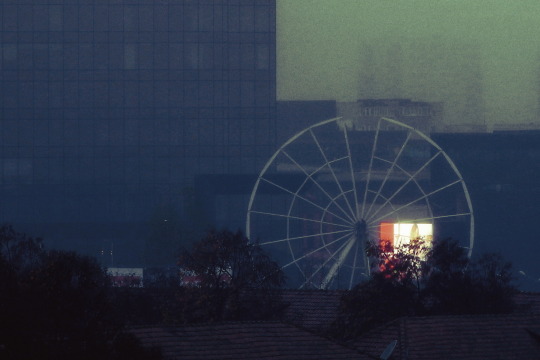
The Christmas wheel is almost ready
#photographers on tumblr#moody#november#ferris wheel#dark#autumn#rain#banal#urban#urbanphotography#russian lens#jupiter-37a#old lens#soviet lens#eastern europe#romania🇹🇩#tumblr romania#timisoara#Юпитер
1 note
·
View note
Text

The Edge Of The City.
#original photographers#plattenbau#socmod#architecture#ussr#photography#photographers on tumblr#street photography#cityscape#omsk#aesthetic#spring#brutalism#soviet architecture#уличная фотография#панельки#эстетика#ссср#весна#пейзаж#город#canon#canon photography#sigma lens
142 notes
·
View notes
Text
Fun fact about the editing in Goncharov (1973)! So the long montage scene with Goncharov, Andrey, and the clocks is an homage to the early Soviet filmmakers who pioneered the art of montage, like Dziga Vertov and Sergei Eisenstein. Scorsese has said as much in interviews. So far so good.
BUT what you probably don't know is that a lot of the Soviet achievements in montage were brought on by material necessity as much as by creative vision. The USSR dealt with chronic film stock shortages in the decades following WW2. As a result, a lot of directors would spend their time splicing together old films in new ways to create new, emergent meaning when new film simply wasn't available.
So to me at least, the use of Soviet montage techniques isn't just an homage to a handful of great Soviet directors, but also a subtle commentary on how the memory of the regular food and supply crises of the Soviet Union still follows both Goncharov and Andrey even in Naples. The cultural trauma of growing up in that world still binds them together, in a way. It transcends time, which is perhaps an added dimension to the significance of the clocks.
#Goncharov is such a careful interesting attempt to understand Soviet trauma from a distinctly Western lens#AND! We can't forget that TWO russian editors worked on this film#their fingerprints are unmistakable#goncharov (1973)#Goncharov#I've read so many Russian cultural histories and never had much use for the sections on early film#and now i get to put some of that knowledge to use deconstructing a made-up film!#i know I'm a day late to the party but I really couldn't miss out
84 notes
·
View notes
Text
The worst thing is when someone seems to have good opinions and then one time it turns out they are a tankie.
#and then you can't help but see all their past takes through the lens of that too#all tankies should have a disclaimer 'i'm a tankie people from post-soviet countries dni' or something#rambling
2 notes
·
View notes
Text



8 notes
·
View notes
Text
So Venus is my favorite planet in the solar system - everything about it is just so weird.

It has this extraordinarily dense atmosphere that by all accounts shouldn't exist - Venus is close enough to the sun (and therefore hot enough) that the atmosphere should have literally evaporated away, just like Mercury's. We think Earth manages to keep its atmosphere by virtue of our magnetic field, but Venus doesn't even have that going for it. While Venus is probably volcanically active, it definitely doesn't have an internal magnetic dynamo, so whatever form of volcanism it has going on is very different from ours. And, it spins backwards! For some reason!!
But, for as many mysteries as Venus has, the United States really hasn't spent much time investigating it. The Soviet Union, on the other hand, sent no less than 16 probes to Venus between 1961 and 1984 as part of the Venera program - most of them looked like this!

The Soviet Union had a very different approach to space than the United States. NASA missions are typically extremely risk averse, and the spacecraft we launch are generally very expensive one-offs that have only one chance to succeed or fail.
It's lead to some really amazing science, but to put it into perspective, the Mars Opportunity rover only had to survive on Mars for 90 days for the mission to be declared a complete success. That thing lasted 15 years. I love the Opportunity rover as much as any self-respecting NASA engineer, but how much extra time and money did we spend that we didn't technically "need" to for it to last 60x longer than required?
Anyway, all to say, the Soviet Union took a more incremental approach, where failures were far less devastating. The Venera 9 through 14 probes were designed to land on the surface of Venus, and survive long enough to take a picture with two cameras - not an easy task, but a fairly straightforward goal compared to NASA standards. They had…mixed results.
Venera 9 managed to take a picture with one camera, but the other one's lens cap didn't deploy.
Venera 10 also managed to take a picture with one camera, but again the other lens cap didn't deploy.
Venera 11 took no pictures - neither lens cap deployed this time.
Venera 12 also took no pictures - because again, neither lens cap deployed.
Lotta problems with lens caps.
For Venera 13 and 14, in addition to the cameras they sent a device to sample the Venusian "soil". Upon landing, the arm was supposed to swing down and analyze the surface it touched - it was a simple mechanism that couldn't be re-deployed or adjusted after the first go.
This time, both lens caps FINALLY ejected perfectly, and we were treated to these marvelous, eerie pictures of the Venus landscape:

However, when the Venera 14 soil sampler arm deployed, instead of sampling the Venus surface, it managed to swing down and land perfectly on….an ejected lens cap.
#space#space history#venus#NASA#Venera#spost#I will talk all day about venus#ask me about venus floating sky cities#unpopular opinion venus > mars#this is probably my favorite space history story#the surface of venus is made of lens caps#don't try to tell me the universe doesn't have a sense of humor#well#I guess its more that people have a sense of humor and we happen to live in the universe
28K notes
·
View notes
Video
For the Sun by katushang
#m42#胶片摄影#胶卷#黑龙江#heilongjaing#柯达#柯达胶卷#flower#blooming#plants#plant#50mm#kodak 5213#kodak 250t#zenit-19#zenitar-m 50/1.7#soviet#lens#russian camera#flickr
0 notes
Text
#Blik rangefinder#soviet union#cameras#film photography#photography#lens#photographers on tumblr#science#ussr#soviet
0 notes
Photo

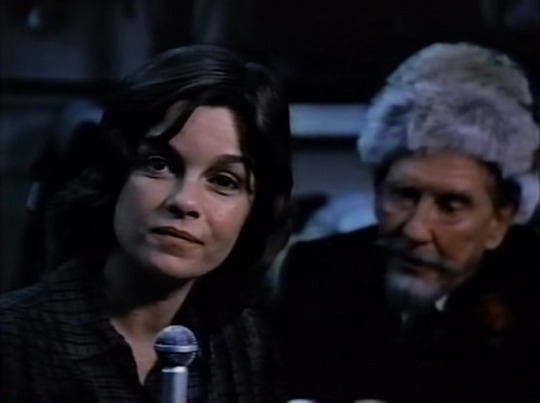
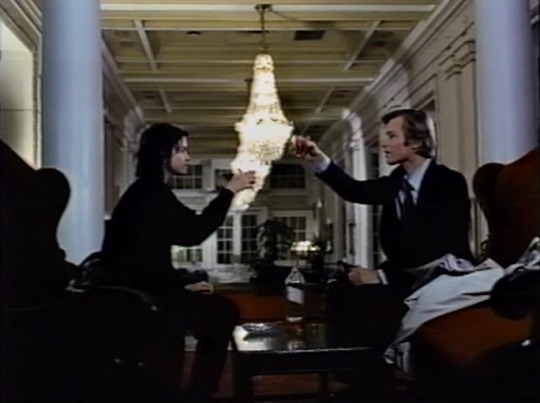

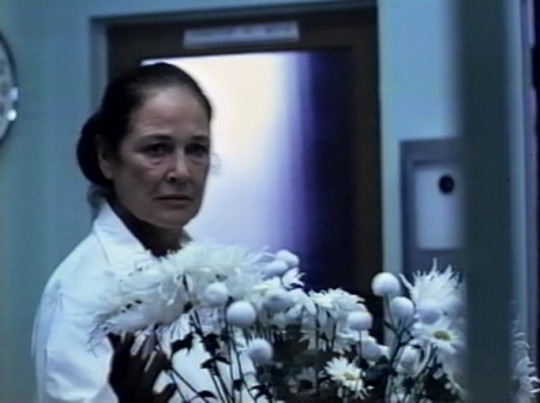

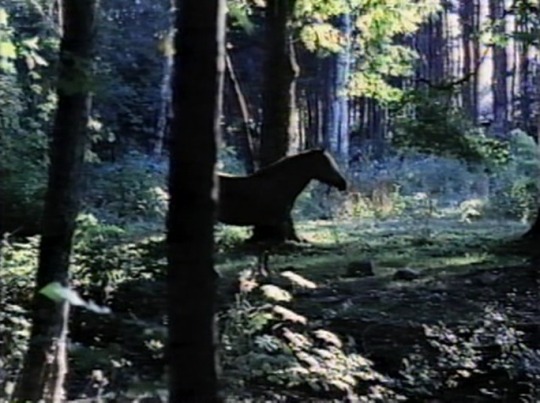
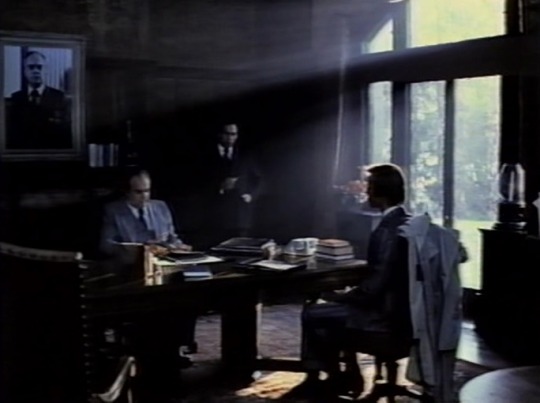

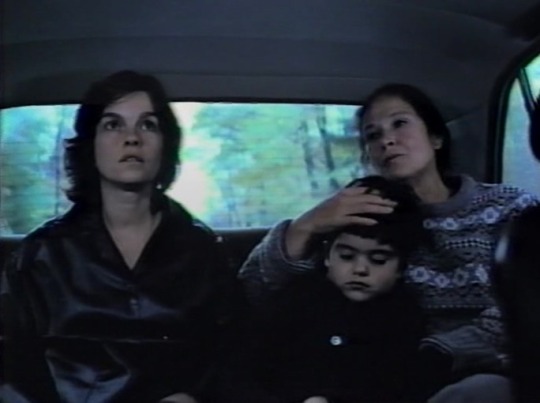
Final Assignment (1980, Paul Almond)
5/30/22
#Final Assignment#Genevieve Bujold#Michael York#Burgess Meredith#Colleen Dewhurst#Richard Gabourie#Len Doncheff#Alexandra Stewart#Septimiu Sever#David McIlwraith#80s#drama#thriller#Canadian#Canada#Russia#Soviet Union#reporters#journalism#censorship#smuggling#espionage#child abuse#steroids#experiment#cold war#international#Moscow
0 notes
Text
this is my interest in Russian cultural history showing, but I think it's really fascinating that the characters in Scorsese's Goncharov exist as imagined Soviets, particularly as articulated from an American perspective in the early 70s.
Scorsese was, then as now, a great appreciator of world cinema, and he absolutely was aware of how the archetype of the Soviet man underwent a transformation during Gorbachev's Era of Stagnation. Gone was the clean-cut, traditional wartime hero, always holding Soviet values aloft. Even the fictional Soviet woman became more adrift, lost in a modern tide of isolation, loneliness, and individual despair. (This is so so brilliantly brought to bear in Katya, and really gives lie to the old canard that Scorsese doesn't imagine the inner lives of female characters.)
Goncharov is a grey, almost temporally unmoored character, one that was previously unimaginable in Soviet cinema, and what does it mean that this new archetype was articulated, by perhaps THE American director of the late 20th century, at such an intentional cultural remove?
Idk, I think the resurgence of interest in the film really gives us an opportunity to ask questions about a piece that has previously only been discussed through a broadly Marxist lens, instead of reckoning with wider forces within the Eastern European imagination. Put more simply, what did it mean for Americans to watch a transformation of the Soviet zeitgeist through a glass darkly, and what light does that shed on the "Russian" in the American mind today?
#the criterion release of this m#ovie has been a real boom time for me#as someone who thinks Scorsese's films are too often reduced to 'gangster stuff' in the wider cultural conversation#goncharov#martin scorsese
4K notes
·
View notes
Text
My roman empire is that meme of Tarkovsky saying: 'Poetic cinema' while looking awe-struck, and that ppl use it thinking he means like "when a movie is really good", but he's actually talking about a specific film movement - Ukrainian Poetic Cinema - which influenced his work a tone, and a Ukrainian film director - Oleksandr Dovzhenko who was on the forefront of this movement in the 1920s - 1930s, and you can find also find the influence of the artistic continuation of the Ukrainian Poetic Cinema in the 1960s in his works, and he stanned Parajanov, and still the Western academia erases that influence, pushes the Ukrainian Poetic Cinema of the 1960s into the same box of the Soviet New Wave, even though this is a very distinct artistic movement with a unique visual grammar that you don't find in the russian New Wave, because the lens through which the cinema is viewed is still deeply colonialist
226 notes
·
View notes
Text

Full Of Flowers. Full Of Hope.
#original photographers#retro car#spring#flowers#photography#photographers on tumblr#street photography#cityscape#omsk#aesthetic#soviet car#old cars#urban photography#places#уличная фотография#запорожец#ретро авто#весна#цветы#винтаж#ссср#эстетика#canon#canon photography#sigma lens
142 notes
·
View notes
